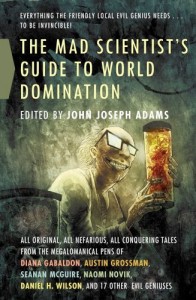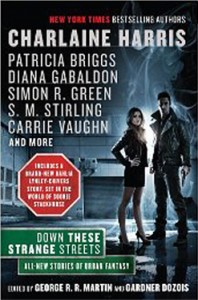My Addictive Birthday Dish
Posted on January 9, 2017
 Someone asked what I planned to do for my birthday on Wednesday, January 11: to which I replied, “I’m going to make garlic pinenut chicken and eat ALL of it!”
Someone asked what I planned to do for my birthday on Wednesday, January 11: to which I replied, “I’m going to make garlic pinenut chicken and eat ALL of it!”
A few people wanted the recipe for that, so… here you go! (Personally, I find this addictive, but not everybody likes garlic and pinenuts as much as I do.)
GARLIC PINENUT CHICKEN
WARNINGS:
1) you need to really like both garlic and pinenuts, and
2) it’s spicy (not hot, but spicy)—though the level of spiciness is easily adjustable.
Ingredients:
2-3 skinless chicken breasts
One head of garlic
1-2 bags of pine nuts
Olive oil/coconut oil/peanut oil/canola oil, etc.
Szechuan sauce w/ ginger and honey (made or bottled)
OK, this is really easy, aside from peeling all that garlic…
Put 2-3 tablespoons of oil (of your choice—I like coconut for this) in a heavy sauce-pan or saute-pan—enough oil to cover bottom of the pan.
Peel all the cloves from one head of garlic. Mince (in a mini-food-processor is easiest). Add to oil in pan.
Dice chicken breasts. Take a heavy chef’s knife and…I don’t know if there’s word for this, but you essentially rapidly pound the meat with the sharp side of the blade, but you’re not trying to cut through it. You’re macerating it, with the intent of emerging with something that looks like it would be popcorn chicken if you fried it.
Saute the garlic on med-low heat until it begins to turn brown (don’t let it burn!). Add the chicken and stir until chicken is cooked through.
At this point, add the Szechuan sauce (see Sauce Note below), stir in and let simmer for 3-4 minutes. Then add pinenuts, stir in, heat for another 2-3 minutes, and serve over rice.
SAUCE NOTES:
1. I love Wild Thymes’s Chili-Ginger Marinade, with a large dollop of Dynasty Hot Szechwan Sauce. If you can get these, use about half a bottle of the Wild Thymes and a couple of tablespoons of the Szechuan sauce. (Leave out the hot sauce if you want a more delicate dish.)
If these aren’t easily obtainable, you can make a decent version yourself. To do that, you need:
Any kind of sweet-chili sauce or chili-garlic hot sauce (there are dozens of ‘em in the Asian aisle at the grocery story) as the basis of your sauce, depending on the level of spice you want.
Crystallized ginger. (You can use fresh ginger, which is great, but Really Powerful, and hot. Crystallized ginger isn’t. If you use the fresh kind, shred or grate it and don’t use more than half a teaspoon unless you’re a huge fan.)
A couple of tablespoons of honey.
Saute the ginger with the garlic. Stir the chili sauce and honey into the browned chicken (you don’t need to combine them). Taste and adjust with more chili or honey.
2. Personally, I like this with hot soy sauce—which I make by combining a cup or so of regular soy sauce with 2-3 tablespoons of spicy stir-fry sauce.
Disclaimer: I didn’t invent this dish. I ate it about ten years ago at a Chinese restaurant in Palo Alto, and as I don’t get there very often (now that Eldest Daughter has graduated from Stanford), I figured it was simple enough that I could cook a version of it myself, and I could.
New BEES excerpt: “John and Hal and William and Amaranthus”
January 14, 2017
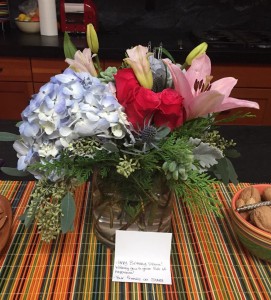 MANY, many thanks to everyone for all the lovely birthday wishes, wonderful presents, and kind thoughts! Having enjoyed my birthday to the max (though I still have three or four servings of garlic pinenut chicken left…), I’ve spent the last couple of days engaged in shoveling my office, correcting the final ms. of A FUGITIVE GREEN, and doing a ton of necessary non-fiction writing (book reviews, answers to questions from a couple of auction winners—no, I haven’t forgotten you! (I’m just long-winded…)— and bits of A Comprehensive Survey of How Publishing Works These Days). But now I return to Real Work…
MANY, many thanks to everyone for all the lovely birthday wishes, wonderful presents, and kind thoughts! Having enjoyed my birthday to the max (though I still have three or four servings of garlic pinenut chicken left…), I’ve spent the last couple of days engaged in shoveling my office, correcting the final ms. of A FUGITIVE GREEN, and doing a ton of necessary non-fiction writing (book reviews, answers to questions from a couple of auction winners—no, I haven’t forgotten you! (I’m just long-winded…)— and bits of A Comprehensive Survey of How Publishing Works These Days). But now I return to Real Work…
Social Media Hashtags: #DailyLines, #Book9, #GoTELLTheBEESThatIAmGone, #noitisntfiished, #butitsgoingfine, #thanksforasking, #Illtellyouwhenitsdone, #dontworry, #JohnAndHalAndWilliamAndAmaranthus
“The boy needs help,” Hal observed.
“True,” John said, and sighed. “But he’s a man, if you hadn’t noticed.”
“Actually, I had, but I wasn’t sure you had—you being his father, I mean. One tends not to see that about one’s sons.”
“Or one’s daughters, I suppose,” John said, not taking any pains to remove the edges of the remark. He wasn’t in a mood to consider Hal’s feelings.
Hal made a grimace that ended as a pained half-smile. “Did I tell you that Hunter writes to me, once or twice a month?”
“No.” John was mildly startled by this. “He’s a Continental army captain, isn’t he?”
“Yes, he is—though against his will. They don’t believe in rank. Friends, I mean.”
This was said very casually, and John gave his brother a look, which Hal avoided by picking up a sheaf of orders and flicking through it.
“And his purpose in writing to you is…?” He couldn’t think Denzell Hunter had any hopes of appealing to Hal’s better nature.
“To inform me that Dottie is well.” Hal laid down the papers and gave John back the look. “Nothing more. That’s all he says—’Dorothea is in good health, though somewhat tired.’ Or ‘Your daughter is well, Yours in Christ, Denzell Hunter.’”
There was a silence, during which the shouts of a drill sergeant echoed like the distant calls of some large bird of hysterical temperament.
“Why do you suppose he does it?” John asked finally. “Religious conviction on his part, persuasion by Dottie—does she ever write, herself, by the way?—or an attempt at reconciliation by the water-dropping-on-stone method?”
“She’s written once.” Hal’s face softened a little at the thought. “Though she didn’t say a great deal more than he has. As for Hunter… I honestly don’t think he has unscrupulous designs upon my fortune, or anything of that kind.”
“I shouldn’t think so,” John said dryly. He hadn’t known many Friends personally, but the whole experience of Dottie’s wedding had convinced him that they tended to mean what they said about avoiding the vanities of the world. As for Denzell Hunter, beyond his own brief observations of the man—all favorable—his bona fides were vouched for by three of the few people in the world whom John trusted: Dottie, Claire, and Jamie Fraser.
Thought of Jamie Fraser necessarily recalled his attention to William.
“You’re right about his needing help,” he said, trusting in his brother’s ability always to know what he was talking about. “How, though? He understands the nature of his dilemma as well as we do—possibly better, as it’s his. And knowing his nature as well as I do, I’m sure that any attempt to convince him that his responsibility lies in taking up the duties of his title would be worse than futile.”
“Well,” Hal said thoughtfully, “any attempt by us, yes.”
John raised a brow.
“Who else did you have in mind? Dottie? He might listen to her, but she wouldn’t try to persuade him to go back to England. Under her pernicious influence—and Denzell’s—he’d probably end up as King of America.”
“Hmph. No, though you’re on the right track,” Hal said. “I was rather thinking of my daughter-in-law.”
“Amaranthus?” John was surprised, but couldn’t help smiling at thought of that very frank young woman. “Well, she’s certainly a Loyalist, and thus presumably disposed toward tradition…”
“She’s also disposed toward William,” Hal said bluntly. “Has he ever spoken to you about her?”
(End of Excerpt.)
Social Media Comment:
Barbara B. said: Diana, one thing I love is from all your pictures of your home is that it and you are so normal, it looks like a place I would stop by, sit and have coffee with a friend. (Unless you really live in a mansion and you keep your servants hid in a closet somewhere.)
My answer: Nah, we keep it real. <g>
Go to official BEES webpage for more excerpts and news…
Posted on January 31, 2017 8:18 AM
 The upper gallery at Ellesmere. A broad, square open staircase led upward to the second floor. Here the roof soared high overhead, and a gallery surrounded the stairwell on three sides, with tall windows on one side and various portraits on the other three walls.
The upper gallery at Ellesmere. A broad, square open staircase led upward to the second floor. Here the roof soared high overhead, and a gallery surrounded the stairwell on three sides, with tall windows on one side and various portraits on the other three walls.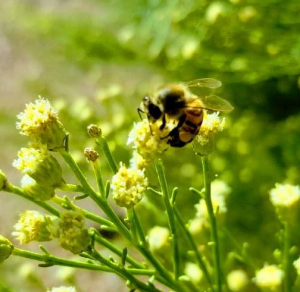
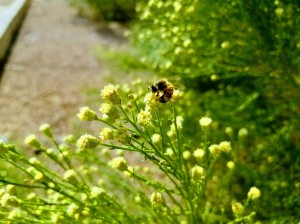
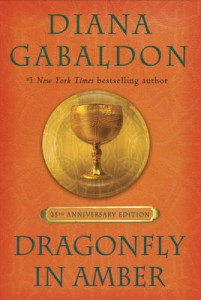
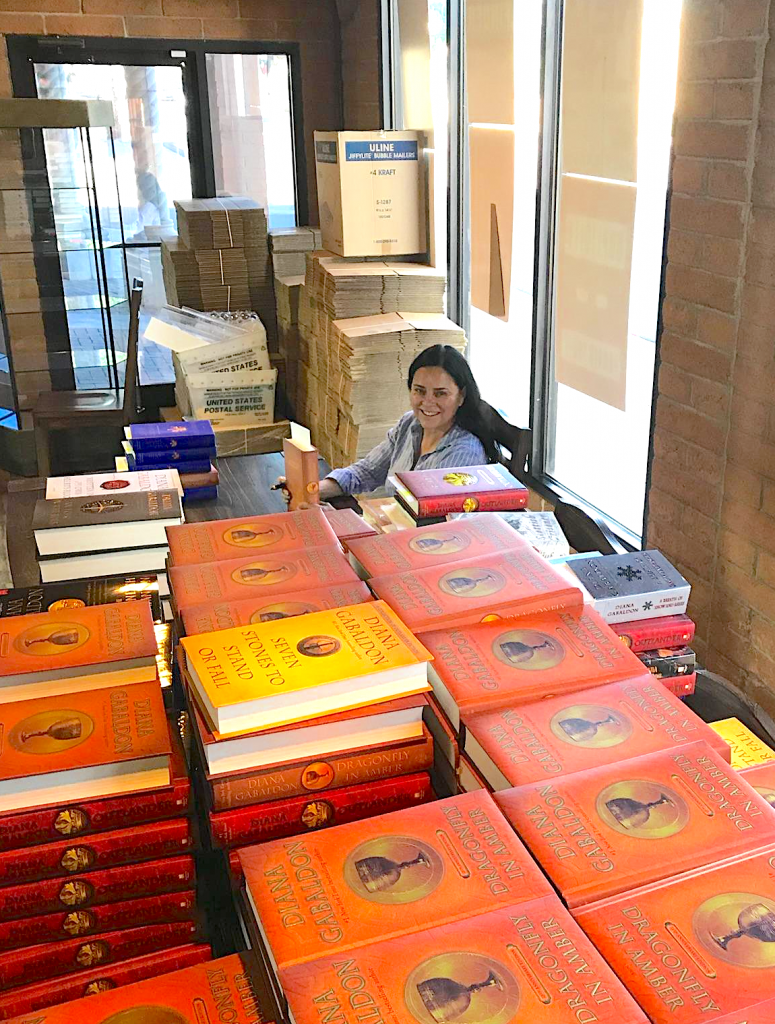
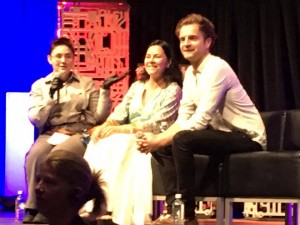
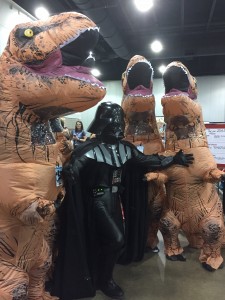

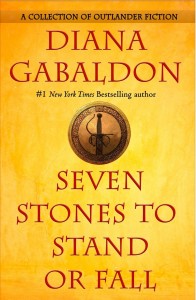
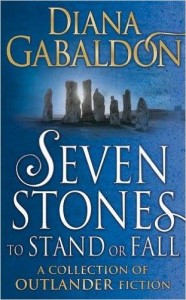
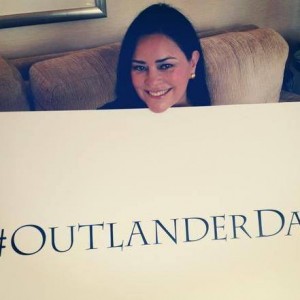
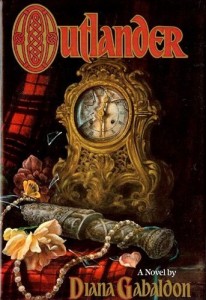
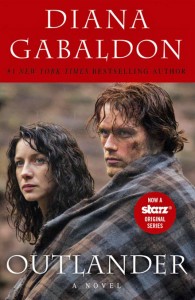
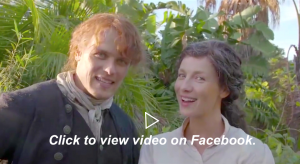
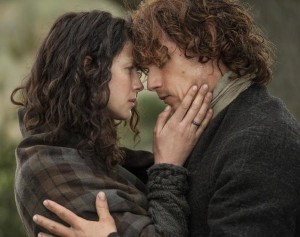
 Someone asked what I planned to do for my birthday on Wednesday, January 11: to which I replied, “I’m going to make garlic pinenut chicken and eat ALL of it!”
Someone asked what I planned to do for my birthday on Wednesday, January 11: to which I replied, “I’m going to make garlic pinenut chicken and eat ALL of it!”
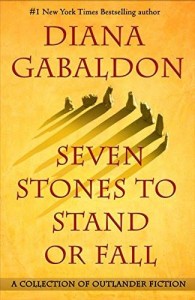
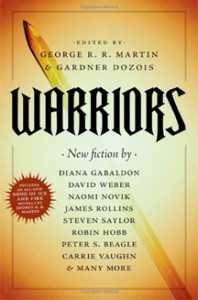 In which, Lord John Grey’s encounter with said eel (to say nothing of a belligerent poet and Dr. John Hunter (a real surgeon, known for his great contributions to medicine, but known more colloquially in his own time as “the body-snatcher”) leads to him being sent to the wilds of Canada (pretty wild at the time), where he joins General James Wolfe, has sex on a sandbar (though not with General Wolfe), repels Indian attacks (though not necessarily all Indians…) and (among other things) climbs a sheer cliff at night with a number of Scottish Highlanders, in order to attack the Citadel of Quebec.
In which, Lord John Grey’s encounter with said eel (to say nothing of a belligerent poet and Dr. John Hunter (a real surgeon, known for his great contributions to medicine, but known more colloquially in his own time as “the body-snatcher”) leads to him being sent to the wilds of Canada (pretty wild at the time), where he joins General James Wolfe, has sex on a sandbar (though not with General Wolfe), repels Indian attacks (though not necessarily all Indians…) and (among other things) climbs a sheer cliff at night with a number of Scottish Highlanders, in order to attack the Citadel of Quebec.